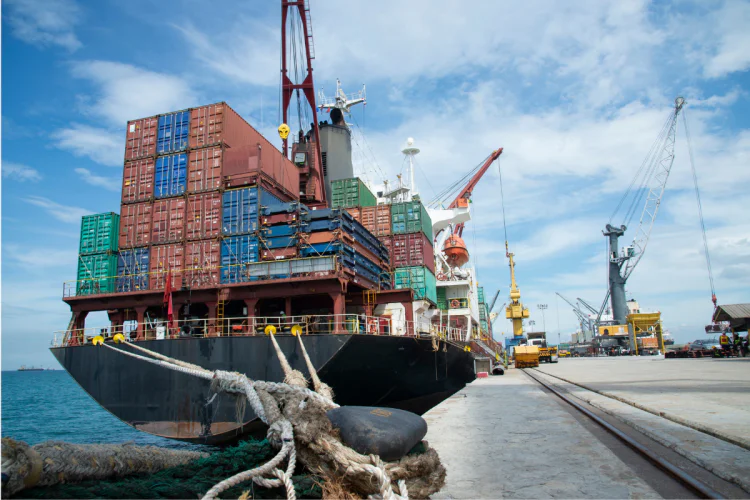Regulatory reform for infrastructure in B.C.: Early guidance on the Infrastructure Projects Act

This article was prepared with the assistance of Summer Articled Student Jacqueline Mix.
Bill 15, also known as the Infrastructure Projects Act (the Act), received Royal Assent on May 29, 2025. The Act aligns with legislative efforts across Canada to implement streamlining processes intended to expedite the delivery of critical infrastructure. The federal government recently passed Bill C-5, which brings the Building Canada Act into law and creates a streamlined approval process for projects designated as “national interest projects.” Ontario’s Bill 5 (now passed into law as the Protect Ontario by Unleashing Our Economy Act) streamlines permitting and approvals for mining and critical infrastructure projects.
Citing uncertainty caused by U.S. tariffs, Premier David Eby has emphasized the importance of delivering critical infrastructure in British Columbia and overcoming the unnecessary and costly delays associated with these projects.
Infrastructure Projects Act
The Act strives to expedite the decision-making process for critical infrastructure projects so that projects designated under the Act can be completed more efficiently and cost-effectively, without compromising B.C.’s environmental standards or commitments to First Nations.
While the Act is yet to be brought into force by regulations, the following information as to how the legislation will achieve its objective has been provided by the Province.
The Act enables the newly established Ministry of Infrastructure (the Ministry) to streamline permits for “infrastructure projects,” which is defined to include planning, development, construction, modification and dismantling of infrastructure. It also enables the Ministry to deliver infrastructure projects on behalf of school districts, post-secondary institutions and health authorities.
Category one and two projects
Infrastructure projects are divided into two categories. The consequence of being designated under one of these categories is that the Lieutenant Governor in Council becomes empowered to streamline the project using the various processes available under the Act. It does not mean these projects are automatically fast-tracked or streamlined.
Category one projects will include Ministry of Infrastructure projects and other ministry projects such as schools, hospitals and student housing.
Category two projects are projects designated as “provincially significant.” These projects may be delivered by Crown corporations, local governments, First Nations, the federal government or private proponents. The specific criteria for “provincially significant” designation will be established by regulations, but the project must have First Nation support and create significant economic, social or environmental benefits for people in British Columbia.
When making its decision on whether a project is provincially significant, the Lieutenant Governor in Council will consider whether the project significantly contributes to:
- Public infrastructure
- Critical mineral supply
- Food or water security
- Energy security
- Human health and safety
- Trade diversification
- Access to markets
- Post-disaster recovery
- Replacing U.S. imports
- Housing
- Reaching B.C.’s climate goals
The Province has stated that the following will be excluded from projects that could be deemed provincially significant:
- Pipelines
- Liquefied natural gas facilities
- Low-barrier housing
- Overdose prevention sites
Streamlining processes
The various streamlining processes, which may be used on their own or in any combination, are: Prioritized provincial permitting
- Projects may be put to the “front of the line” for review
- A qualified professional may certify compliance with government standards for certain permits, although complex and high-risk permits will remain with statutory decision makers
Expedited Environmental Assessments
- The Ministry may order approval of low-risk, duplicative provincial permits where the project is a “reviewable project” under the Environmental Assessment Act and an environmental assessment certificate has been issued
- An expedited environmental assessment available only to projects designated under the Act will be developed by the environmental assessment office. This assessment will be an alternative to the process currently provided for under the Environmental Assessment Act
Local Government Approvals
- Local governments can request a waiver or modification of certain provincial requirements that do not relate to health and safety
- An agreement-seeking process will be implemented whereby local authorities and project proponents, including the Province, can address the constraints that may interfere with completion of designated projects
The Province has emphasized that, alongside its commitment to the Declaration on the Rights of Indigenous Peoples Act, none of these streamlining processes will enable projects to bypass the Province’s environmental standards.
What to expect following the enactment of Bill 15
The impact of the Infrastructure Projects Act will remain unclear until the regulations establishing the key implementation details are developed. The Minister of Infrastructure has stated that the Ministry will take additional time to engage with First Nations and industry partners with respect to more significant projects. However, public provincial projects are expected to benefit much sooner from streamlining processes under the Act. More information is expected in the coming weeks.
While the Act may provide a mechanism for faster delivery of core services and economic growth, the Province will face continued pressure to ensure that it maintains its commitments to First Nations groups as regulations are developed. In the meantime, stakeholders will be monitoring developments with respect to the implementation of all streamlining legislation across the country.
Note: This article is of a general nature only and is not exhaustive of all possible legal rights or remedies. In addition, laws may change over time and should be interpreted only in the context of particular circumstances such that these materials are not intended to be relied upon or taken as legal advice or opinion. Readers should consult a legal professional for specific advice in any particular situation.



